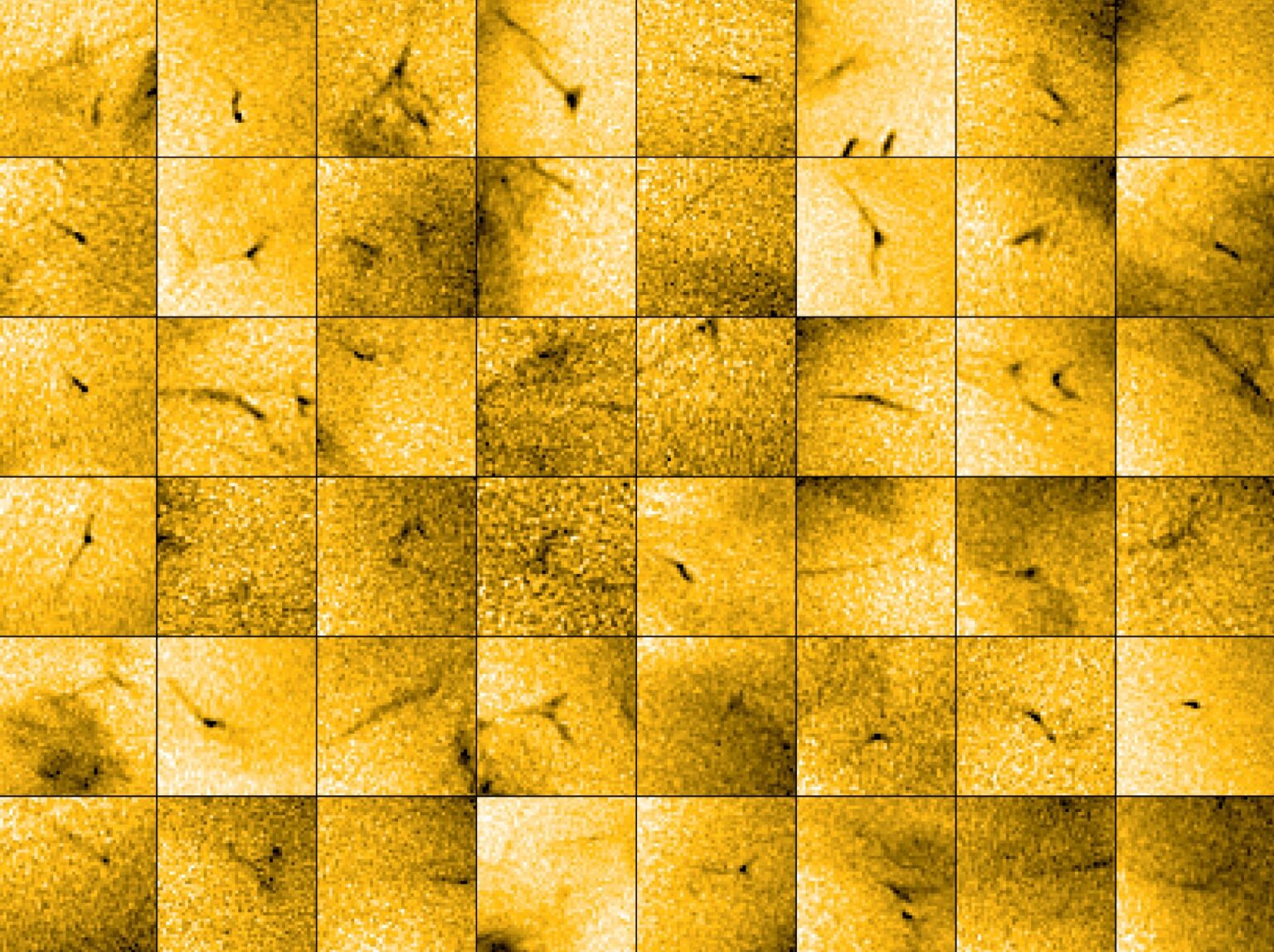The solar probe Solar Orbiter is detecting a series of small material ejections within the solar corona that last for approximately a hundred seconds. According to scientists, these events may result from magnetic braiding and create high-temperature plasma that fuels the solar wind. The research on this matter has been published in the Science journal.

The solar wind is a continuous flow of plasma emanating from the Sun, permeating the entire heliosphere. The high-speed solar wind, exceeding 500 km/s, could be attributed to large coronal holes (mainly polar ones), where magnetic lines are disconnected. Smaller coronal holes formed near active regions on the Sun might be sources of slower wind. However, the physical reasons and mechanisms of solar wind bursts are not yet fully understood, and this could be related to turbulent processes or to the intertwining of magnetic force lines in the solar corona. One of the sources of solar wind plasma could be ejections and traces observed in the solar transition region.
Lakshmi Pradeep Chitta and his colleagues from the Max Planck Institute for Solar System Research published the results of observations of a coronal region near the southern pole of the Sun, conducted on March 30, 2022, using the ultraviolet camera of the Solar Orbiter spacecraft.
Scientists identified a series of small-scale ejections about 200-400 kilometers wide. Those observed in the dark parts of the coronal region had a linear or Y-shaped form. Others observed near an isolated bright trace within the coronal region did not have a Y shape. The duration of these ejections varied from 20 to 100 seconds. A faint veil-like emission was also detected, suggesting ejections from the coronal region.
It is assumed that these small-scale ejections could be analogs of ejections from coronal regions detected earlier. As for Y-shaped ejections, which arise from the intertwining of open and closed magnetic force lines and are characterized by plasma ejection speeds of up to 100 km/s, they could channel part or all of the material from ejection-like structures along open magnetic force lines of the coronal region, fueling the solar wind.
Previously, we discussed magnetic sails and ionic wind.
Source: sci.news.
